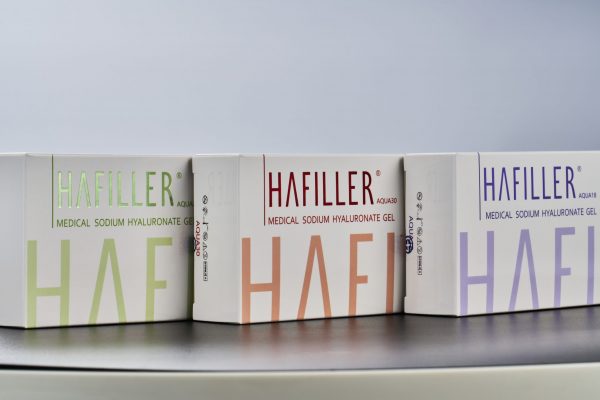As an academic analysis, this article aims to explore the formulation of sodium hyaluronate ophthalmic solution and its impact on durability and cost in the industry.
Formulation of Sodium Hyaluronate Ophthalmic Solution
The formulation of sodium hyaluronate ophthalmic solution plays a crucial role in ensuring its effectiveness as an ocular lubricant. This solution is commonly used for treating dry eye syndrome, providing relief from discomfort caused by insufficient tear production or poor tear quality. The formulation involves combining sodium hyaluronate, a naturally occurring substance found in the human body, with other ingredients to create a stable and biocompatible product.
Sodium hyaluronate acts as a viscoelastic agent that enhances lubrication on the ocular surface, reducing friction between the eyelids and cornea. Its high molecular weight allows it to form a protective film over the eye, preventing excessive evaporation of tears and maintaining proper hydration. Additionally, this formulation helps improve tear stability by increasing their retention time on the ocular surface.
In recent years, there has been significant research focused on optimizing the formulation of sodium hyaluronate ophthalmic solutions. Scientists are exploring various techniques such as cross-linking agents or modifying particle size distribution to enhance viscosity control and prolong residence time on the ocular surface. These advancements aim to provide longer-lasting relief for patients suffering from dry eye syndrome.
Hafiller: A Promising Innovation

Hafiller is one notable innovation within the field of sodium hyaluronate formulations. It combines highly purified sodium hyaluronate with specific additives that further enhance its properties as an ophthalmic solution. Hafiller exhibits improved durability, allowing for extended relief from dry eye symptoms. Its unique formulation provides enhanced lubrication and protection to the ocular surface, making it an attractive option for patients seeking long-term comfort.
Furthermore, Hafiller’s advanced formulation contributes to its cost-effectiveness. By reducing the frequency of application required compared to traditional ophthalmic solutions, it offers potential savings in terms of both time and expenses for patients and healthcare providers alike.
OEM Pure Hyaluronic Acid: Customized Solutions
In addition to pre-formulated sodium hyaluronate ophthalmic solutions like Hafiller, there is a growing trend towards OEM (Original Equipment Manufacturer) pure hyaluronic acid products. These customizable solutions allow manufacturers to tailor the concentration and other characteristics of sodium hyaluronate based on specific requirements or preferences.
oem pure hyaluronic acid formulations offer flexibility in addressing individual patient needs while maintaining high standards of quality control. This approach enables healthcare professionals to optimize treatment outcomes by adjusting dosage or viscosity according to each patient’s condition. Moreover, OEM options provide opportunities for innovation within the industry as researchers continue exploring new possibilities with this versatile substance.
Conclusion
The formulation of sodium hyaluronate ophthalmic solution has undergone significant advancements in recent years. Innovations such as Hafiller have demonstrated improved durability and cost-effectiveness compared to traditional solutions. Additionally, the emergence of OEM pure hyaluronic acid allows customization based on individual patient requirements. As research continues in this field, we can expect further developments that will enhance the efficacy and accessibility of these formulations for treating dry eye syndrome and other ocular conditions.
